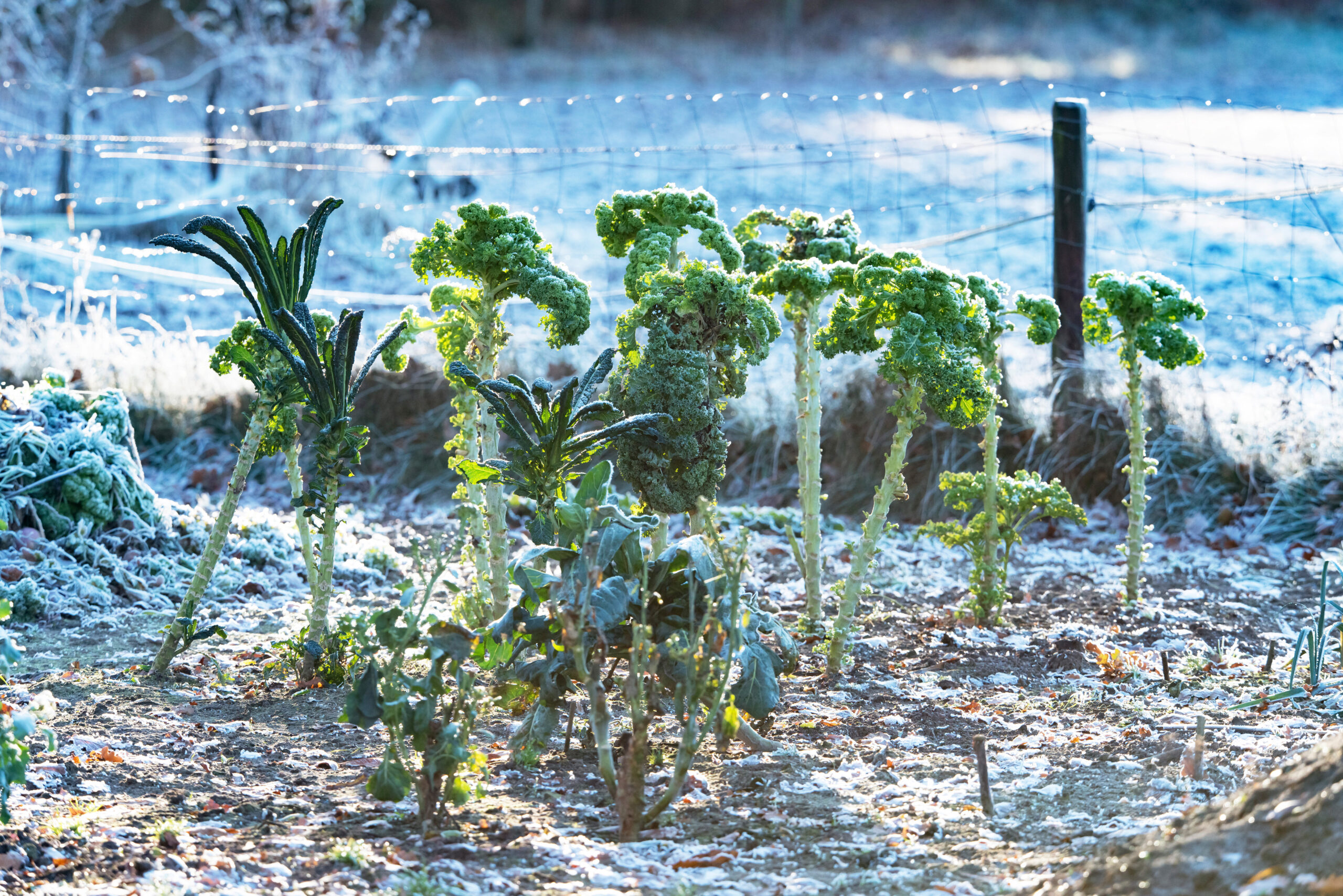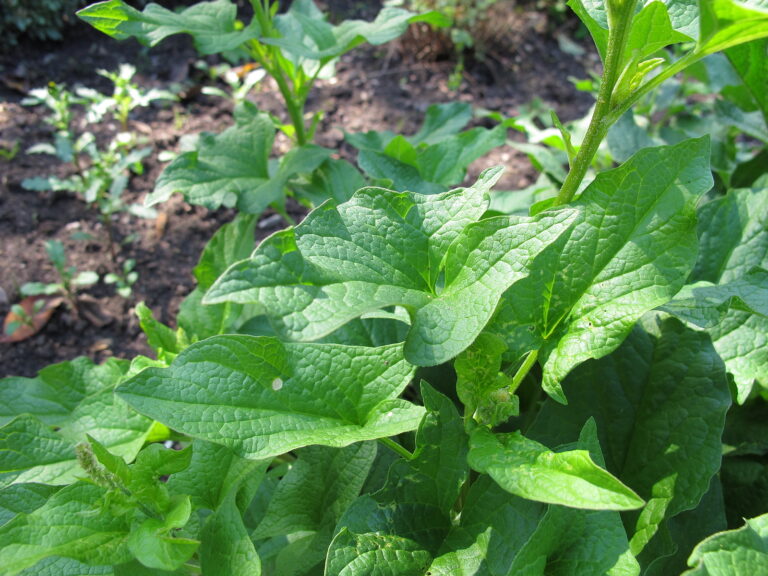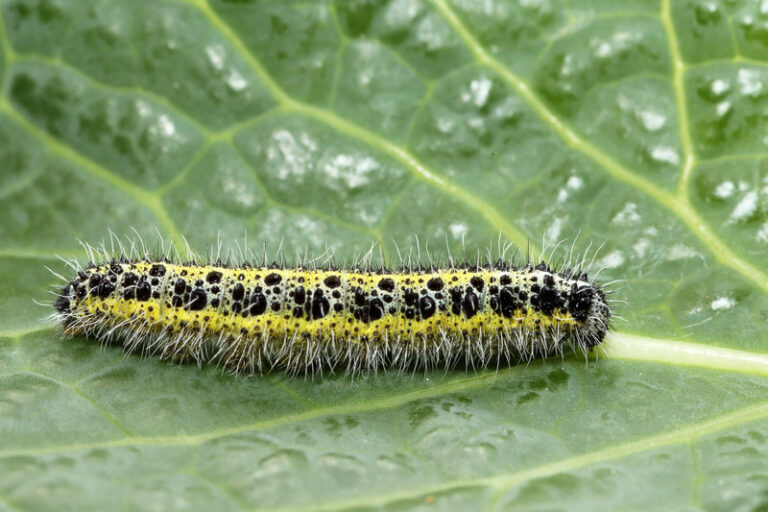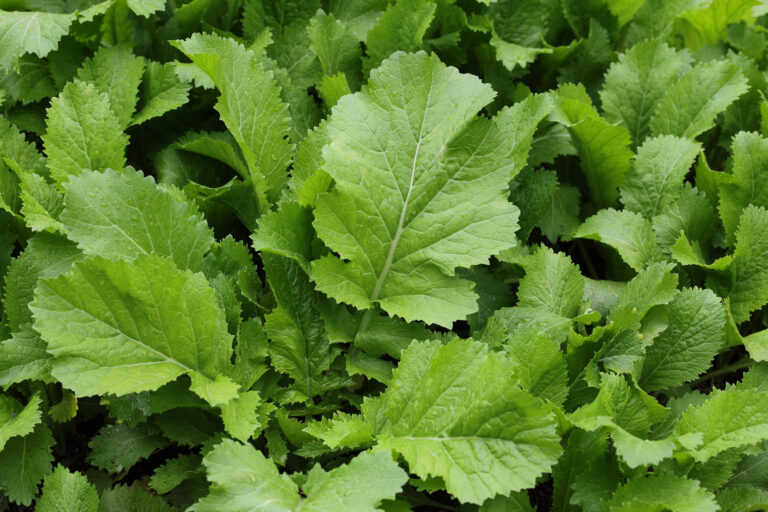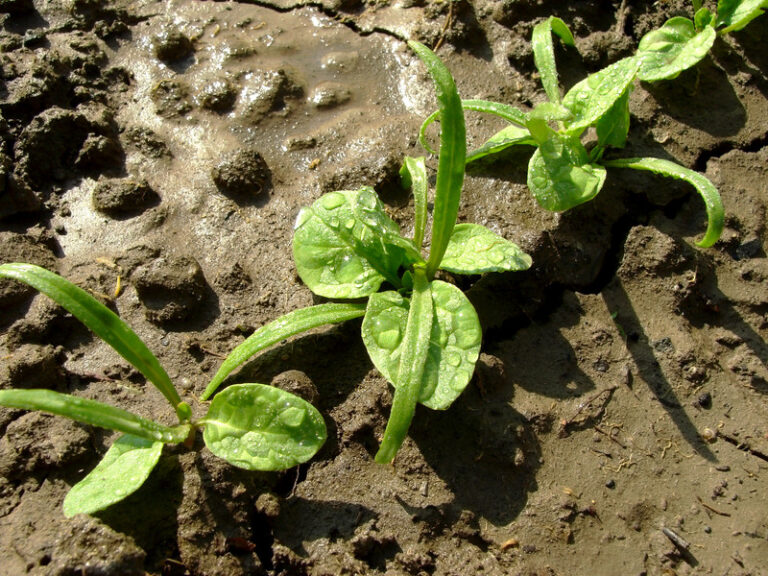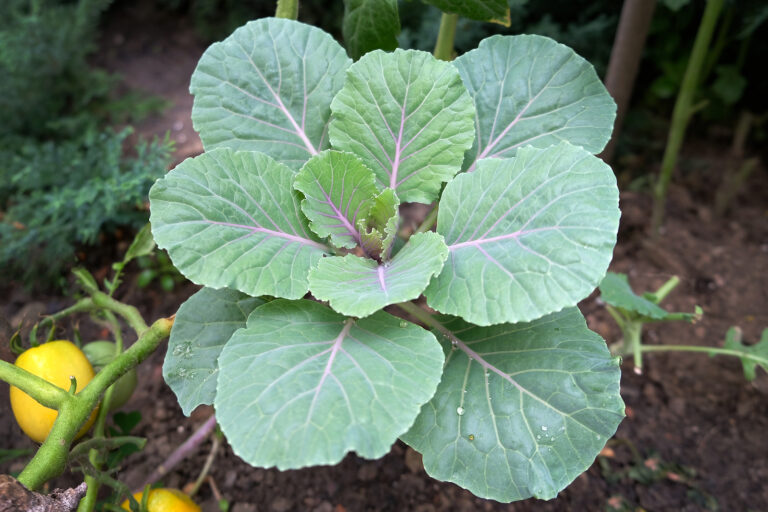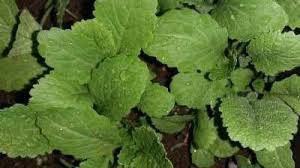How to Grow Kale in Cold Climates and Overwinter Successfully
Kale is one of the hardiest leafy greens you can grow. It not only tolerates frost—it actually improves in flavor after a cold snap. When I lived and gardened in Iowa, where winters could plunge below zero, I learned that kale can survive and even thrive through cold months with the right variety selection, planting schedule, and overwintering techniques.
Whether you’re in the Upper Midwest, New England, or another cold region, here’s how to grow kale in chilly conditions and keep it going into spring.
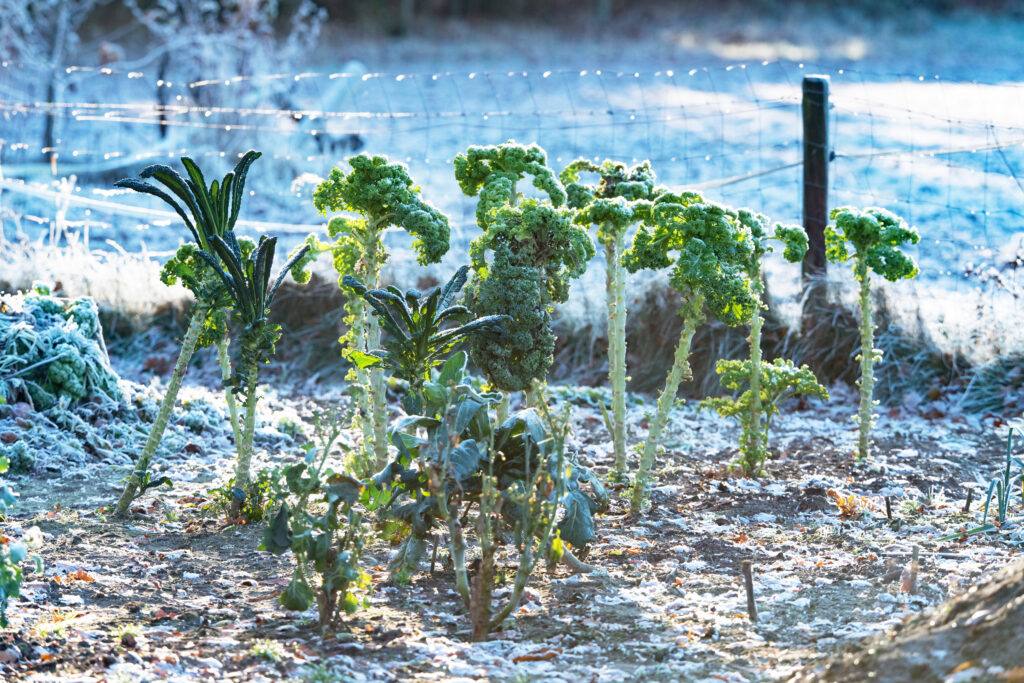
1. Choose Cold-Hardy Kale Varieties
From my Iowa garden days, I found that not all kale handles bitter cold equally well. The most winter-resilient varieties include:
- ‘Winterbor’ – Curly, thick leaves with exceptional frost resistance.
- ‘Red Russian’ – Sweetens after frost and regrows quickly in spring.
- ‘Siberian’ – Extremely hardy, with mild-flavored leaves.
These varieties can handle temperatures well below freezing, especially when protected.
2. Plant at the Right Time
In cold climates, timing is everything.
- Fall Crop for Overwintering: Start seeds in mid-to-late summer (July–August in Iowa). This gives plants time to mature before hard frosts.
- Spring Crop: Start indoors 6–8 weeks before your last frost and transplant outdoors a few weeks before the frost date.
In Iowa, my fall-planted kale grew slowly through the winter but took off as soon as days lengthened in March.
3. Use Protection for Overwintering
Kale can survive winter outdoors in cold zones with a little help:
- Mulch Heavily: A thick layer of straw or shredded leaves around the base insulates roots.
- Low Tunnels: In Iowa, I covered my rows with hoops and frost cloth, which kept plants alive down to -10°F.
- Snow Cover: Surprisingly, snow acts as a natural insulator—so don’t rush to brush it off.
4. Harvesting Through Winter
You can continue to harvest leaves in cold weather, but take only the outer leaves to avoid stressing the plant. When temperatures were in the teens in Iowa, I’d pick kale during midday when the leaves were less brittle.
5. Spring Revival
One of the joys of overwintering kale is the early-spring harvest. Plants that survive winter will produce new leaves weeks before you can plant other greens. Some even send up sweet, edible flower shoots before bolting.
How to Construct a Winter Tunnel for Kale
When I gardened in Iowa, winter tunnels were the single most effective tool for keeping kale alive through bitter cold. A simple tunnel traps warmth, blocks icy winds, and prevents frost damage—often raising the temperature inside by 5–10°F. Here’s how to build one that works for kale.
Materials You’ll Need
- Hoops: 9-gauge wire, PVC pipe, or metal conduit (cut to about 6–8 feet for standard beds)
- Frost Cover: Medium-weight frost cloth (row cover) for insulation and breathability
- Plastic Sheeting: Optional, for extreme cold—used over the frost cloth on the coldest nights
- Clamps or Clips: To secure covers to hoops
- Garden Staples or Bricks: To hold down the edges against wind
Step-by-Step Construction
- Set the Hoops
Push each hoop into the soil about 6–12 inches deep on each side of your kale bed. Space hoops 3–4 feet apart. - Drape the Frost Cloth
Pull the frost cloth over the hoops, allowing it to reach the ground on both sides. This layer keeps plants warmer and reduces wind chill. - Secure the Ends
Gather the fabric at each tunnel end, twist it slightly, and weigh it down with a brick, rock, or sandbag. - Optional Plastic Layer
In Iowa’s subzero nights, I added a clear plastic sheet on top of the frost cloth for extra insulation. Remove it during sunny days to avoid overheating. - Anchor the Sides
Use garden staples, boards, or soil mounds along the edges to keep the cover in place.
Maintenance Tips
- Ventilation: On sunny winter days above freezing, open the tunnel ends for a few hours to prevent condensation and fungal disease.
- Snow Load: Brush off heavy snow to prevent hoop collapse, but leave light snow—it adds insulation.
- Layering: In the coldest months, I often doubled up the frost cloth for extra warmth without losing airflow.
A well-constructed tunnel can keep kale alive even in USDA Zones 4 and 5, giving you fresh greens when the rest of the garden is asleep.
Insight from My Garden
From firsthand experience, overwintered kale is sweeter and more tender than any summer crop. The combination of cold-hardy varieties, timely planting, and protective covers makes it possible to eat fresh greens long after most of the garden is under snow.
🥬 Kale Learning Hub
Start here: The Ultimate Kale Growing Guide: From Seed to Harvest
1. Types and Varieties of Kale
- Different Types of Kale Explained: Curly, Flat, Russian & Tuscan
- Best Kale Varieties for Different Climates
2. Planting and Timing
- Kale Seed Starting Tips
- When to Plant Kale for Fall, Winter, and Spring Harvests
- Succession Planting Kale for a Continuous Harvest
- How to Space and Thin Kale for Maximum Yield
- Zone-by-Zone Kale Planting Calendar
3. Seasonal Growing
- How to Grow Kale in Cold Climates and Overwinter Successfully
- Can You Grow Kale in Summer? Tips for Heat-Stressed Plants
4. Care and Maintenance
- How Much Water Does Kale Need? A Watering Guide
- How to Fertilize Kale for Lush Leaf Growth
- Best Companion Plants for Kale (And What to Avoid)
- How to Prune Kale for Continued Production
5. Container Gardening
6. Pests and Diseases
7. Harvest and Storage
- How to Harvest and Store Kale
- How and When to Harvest Kale Leaves for Best Flavor
- Tips for Extending Kale Harvest Through the Season
8. Kale in the Kitchen

